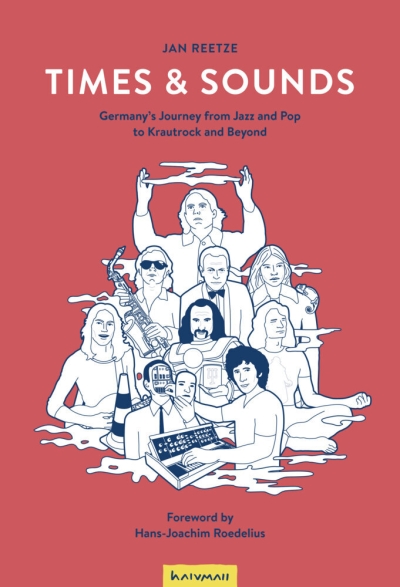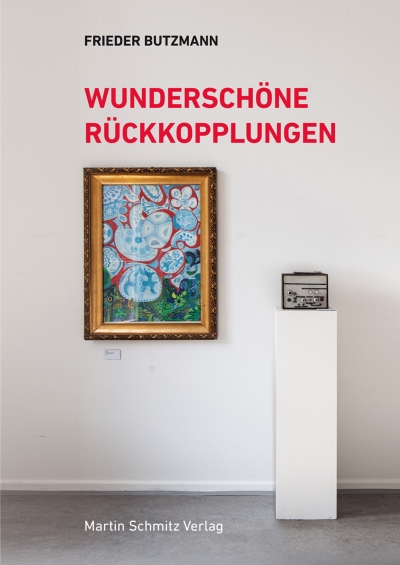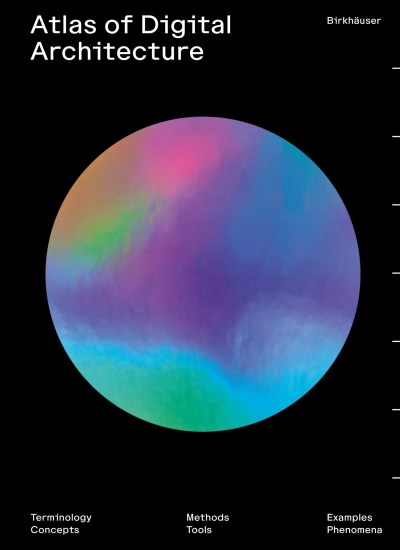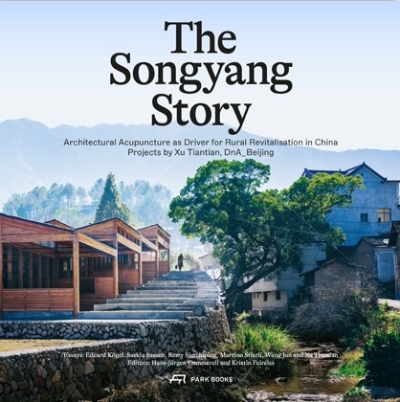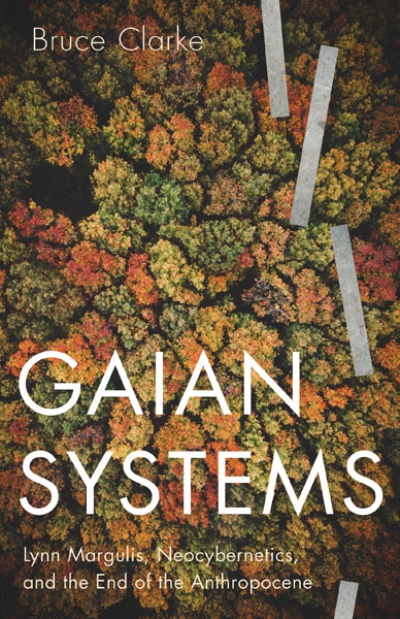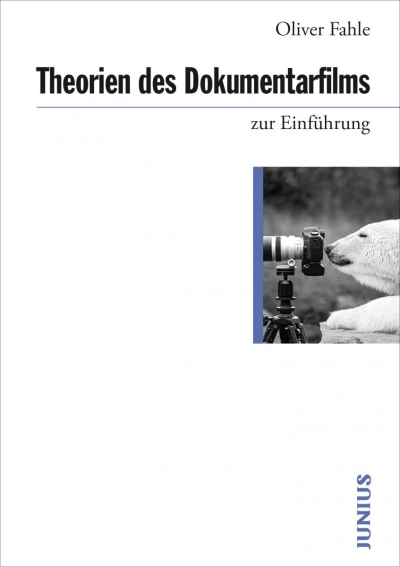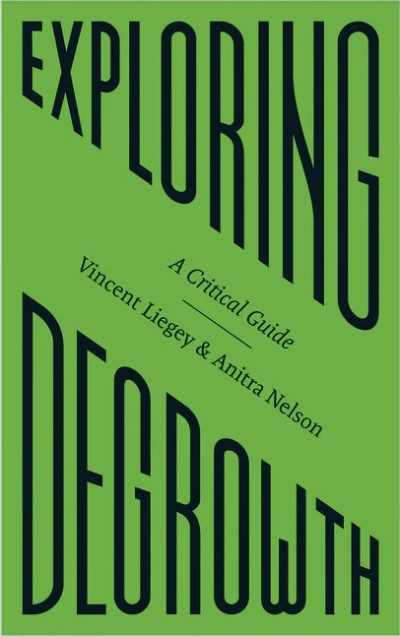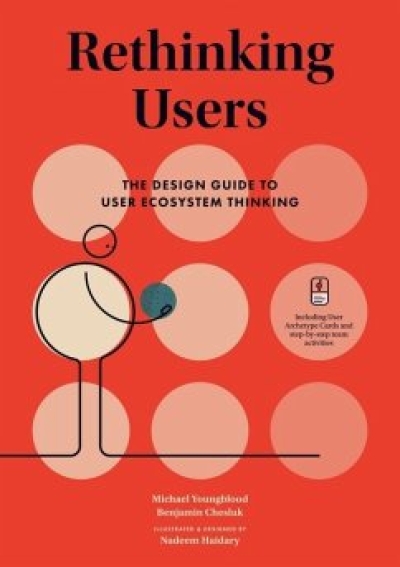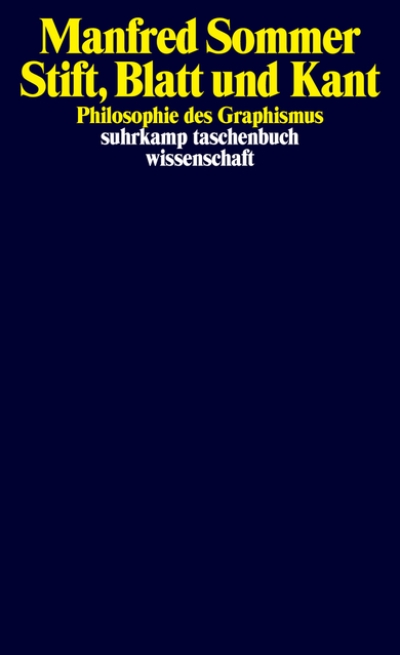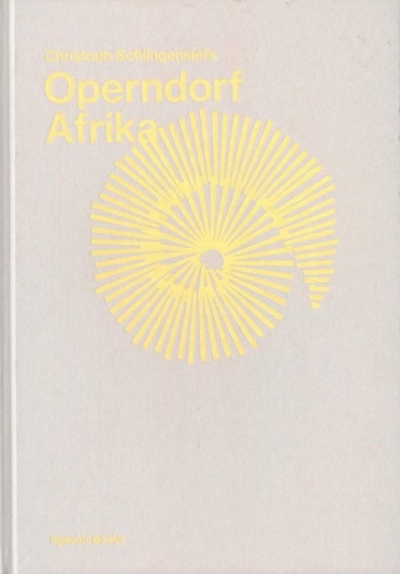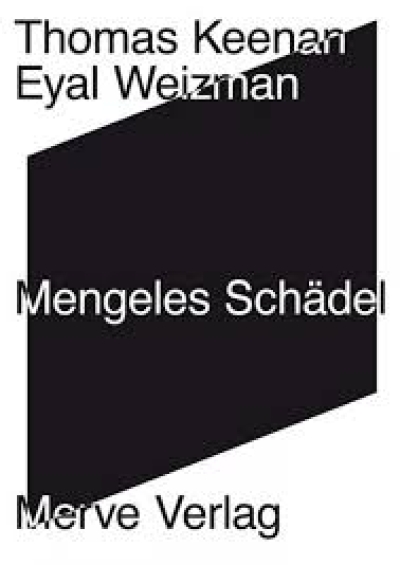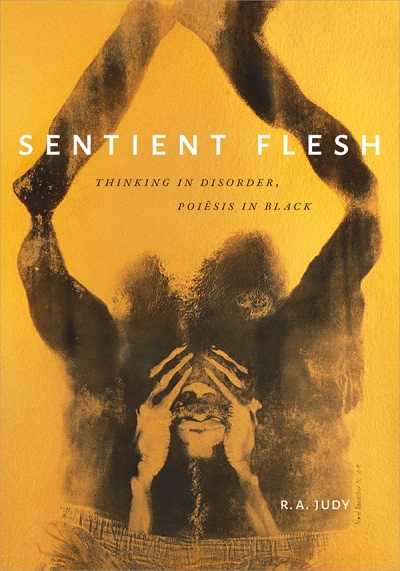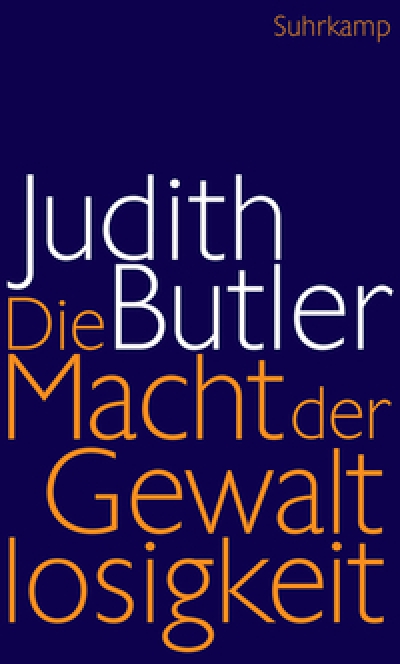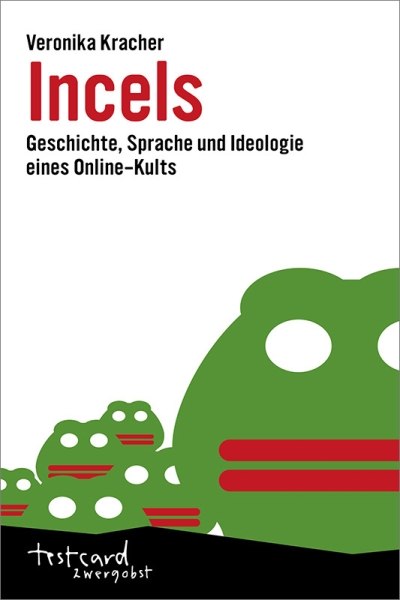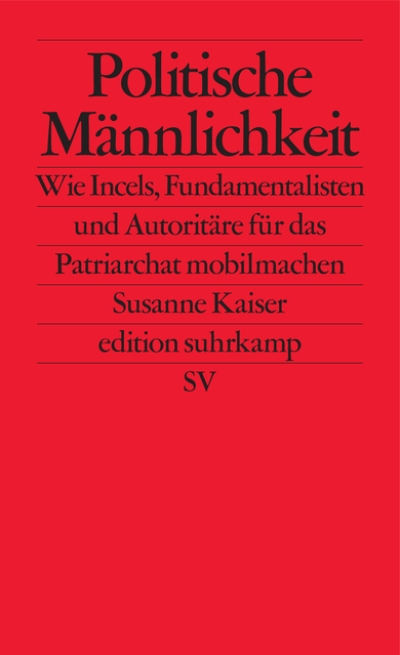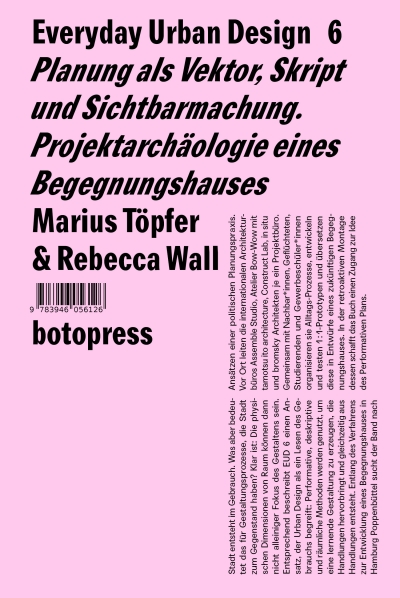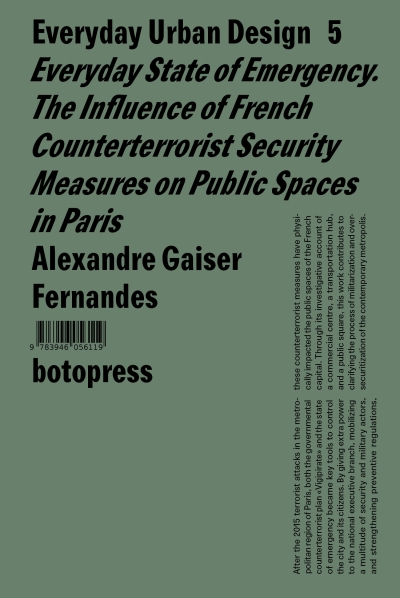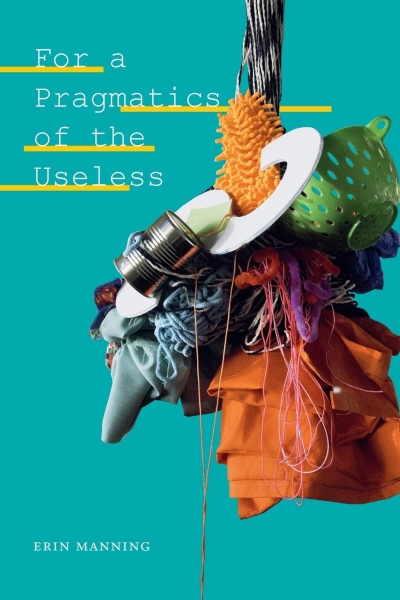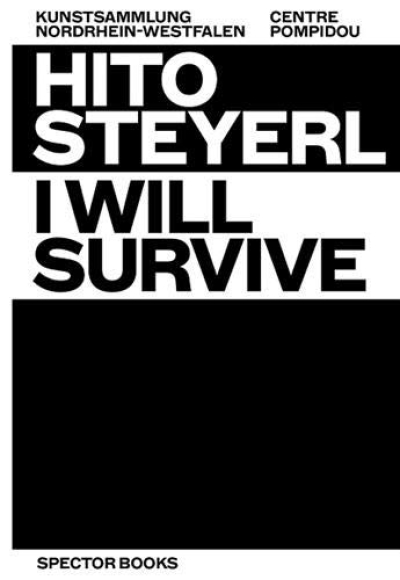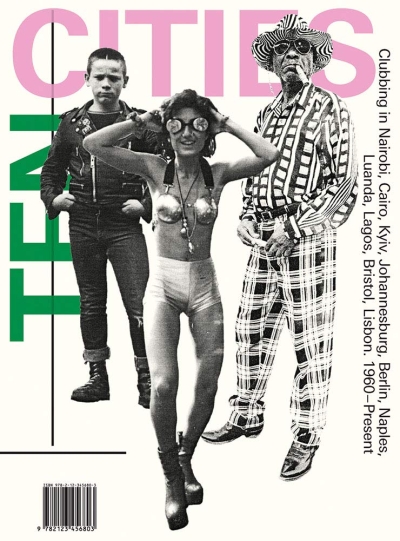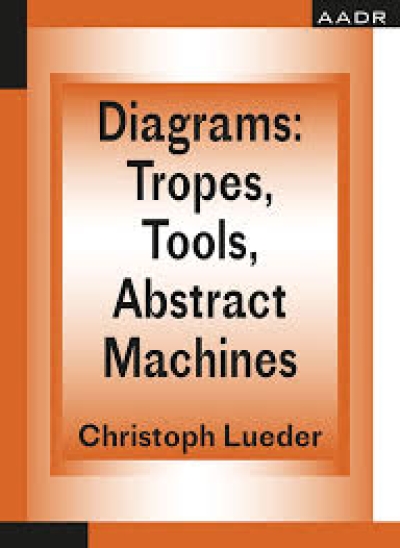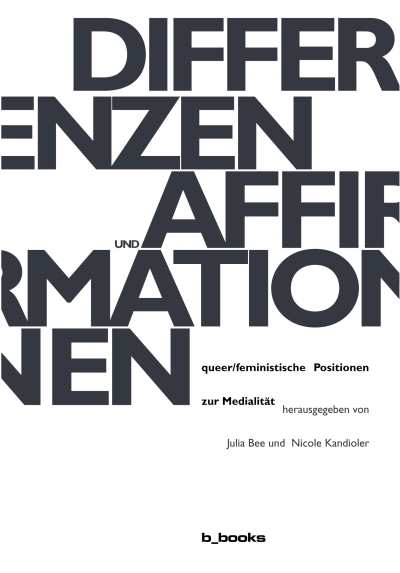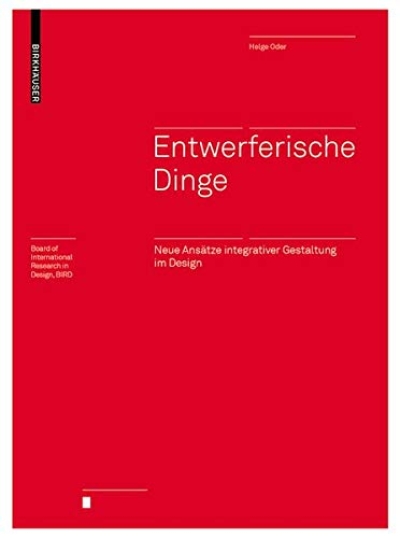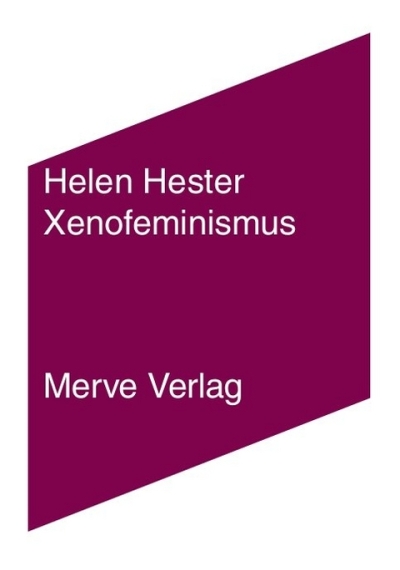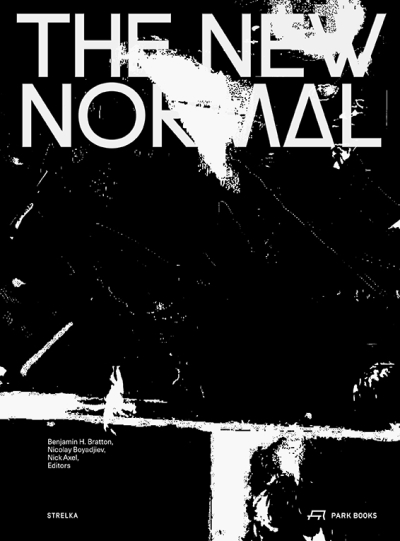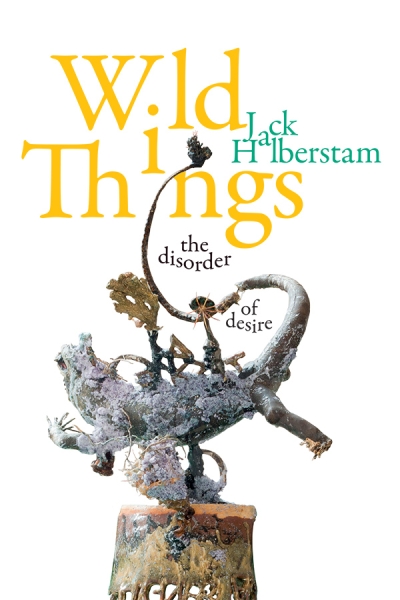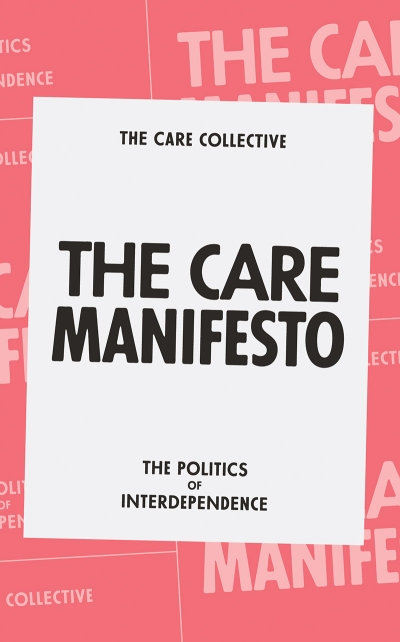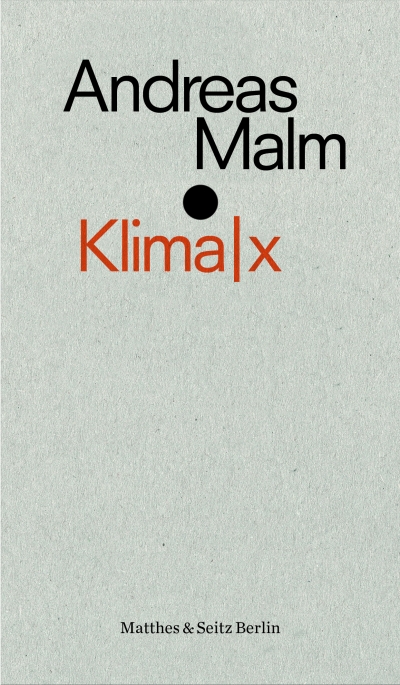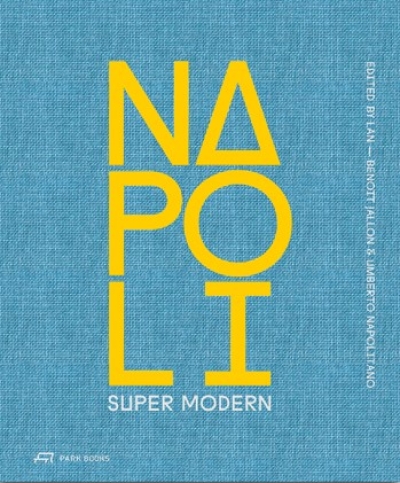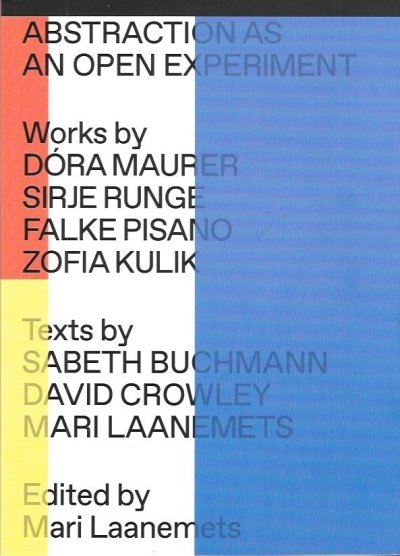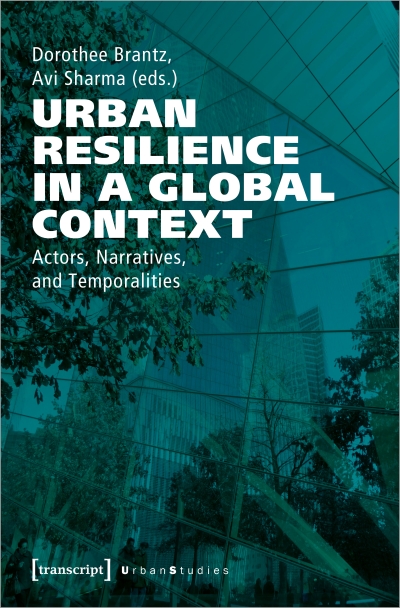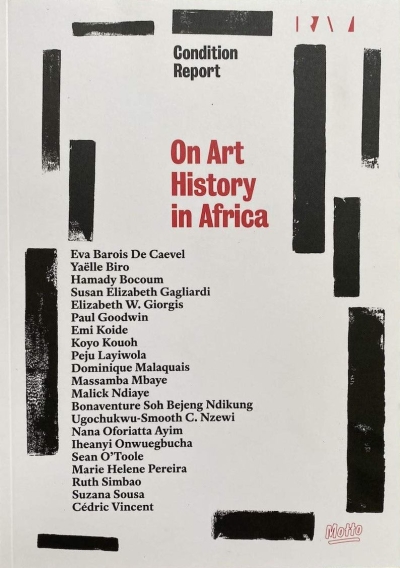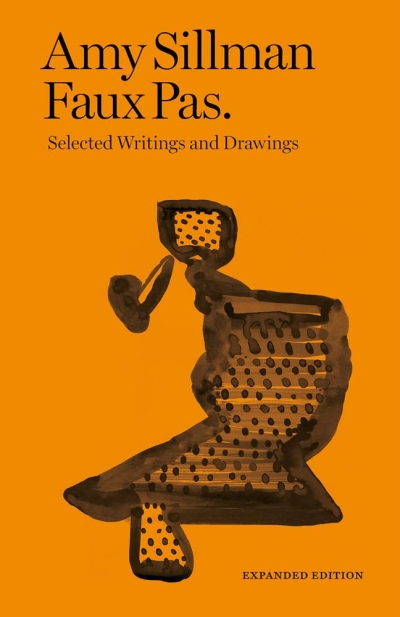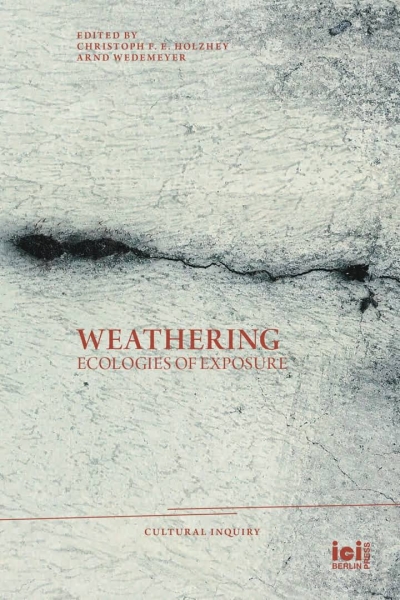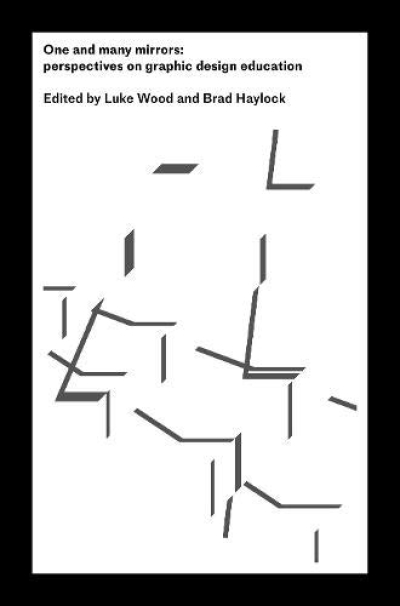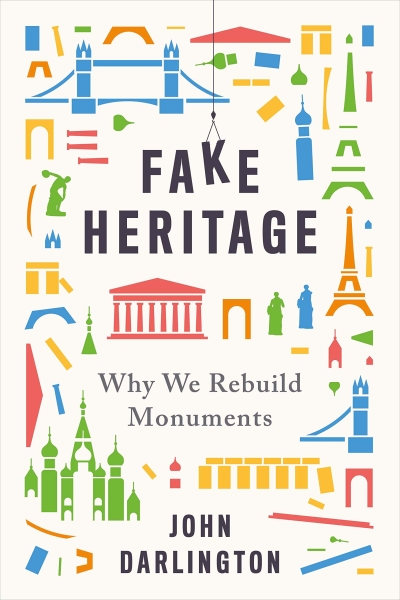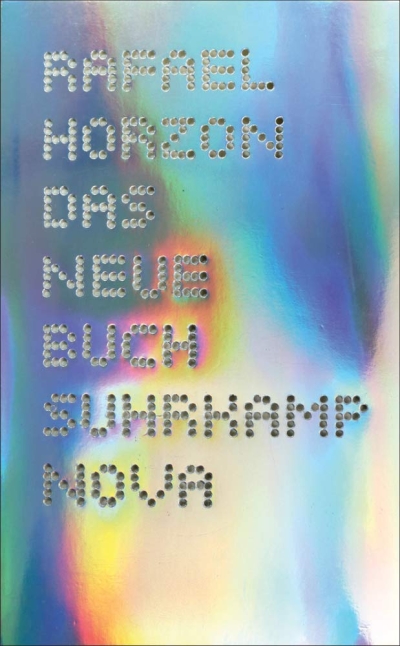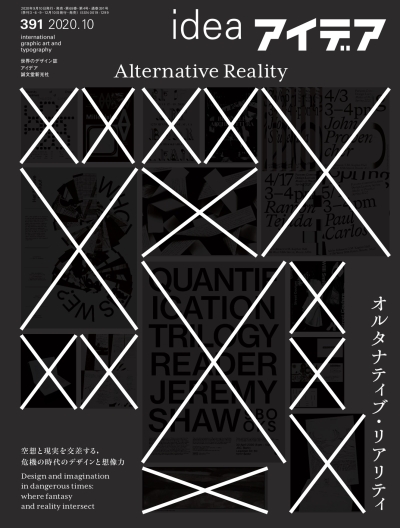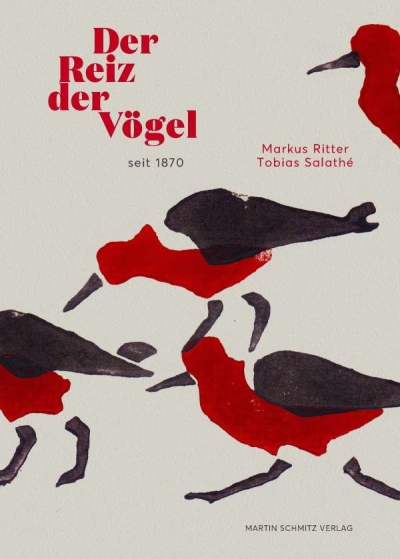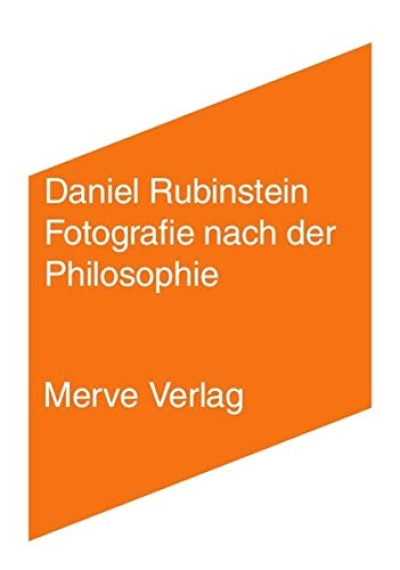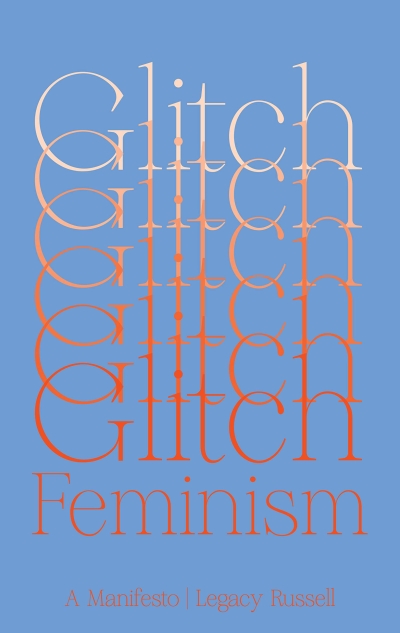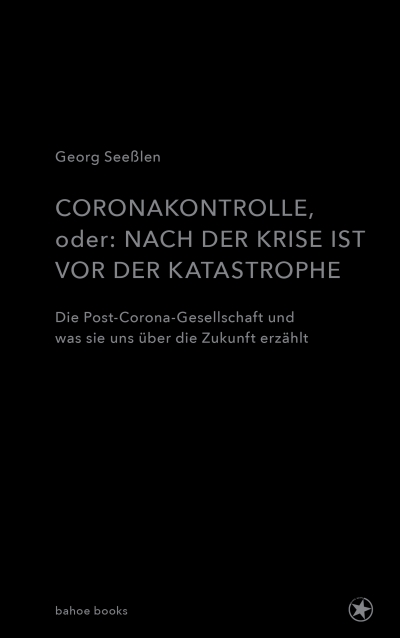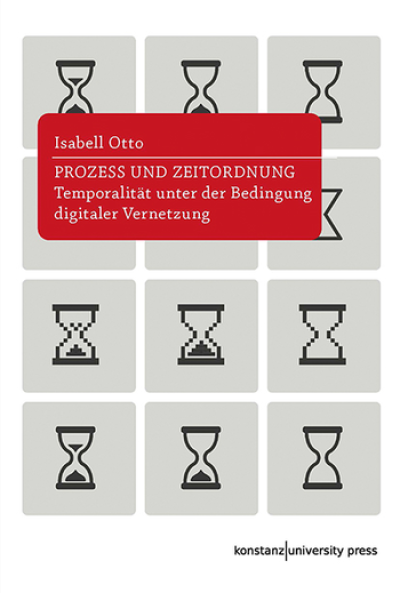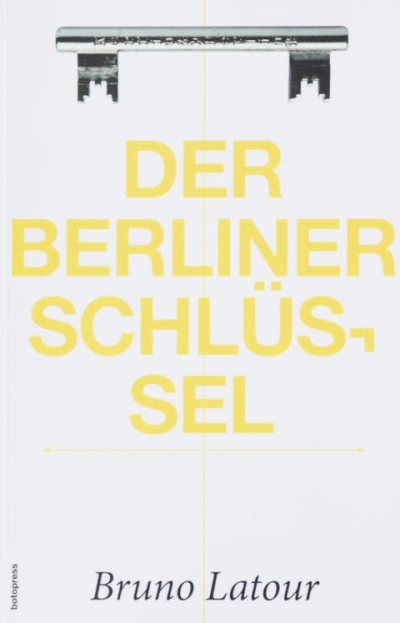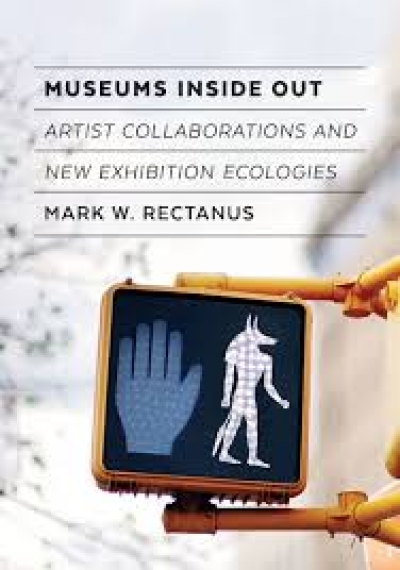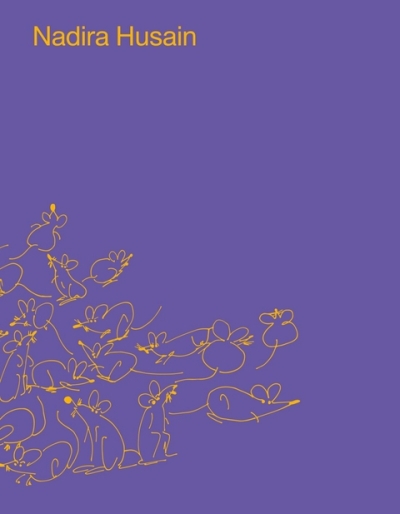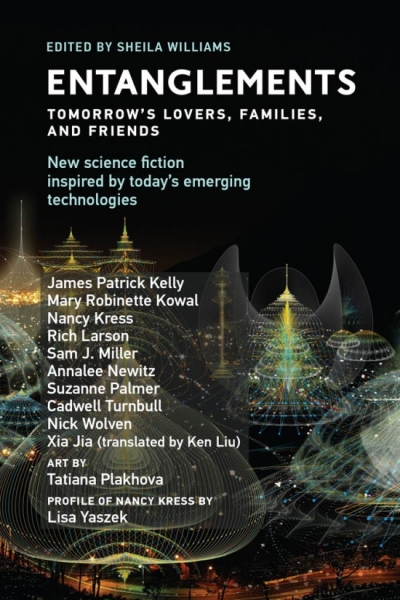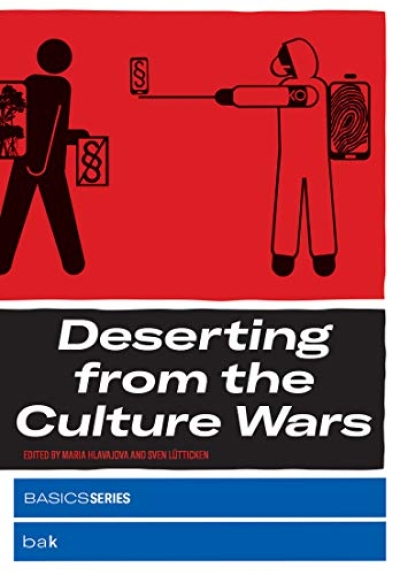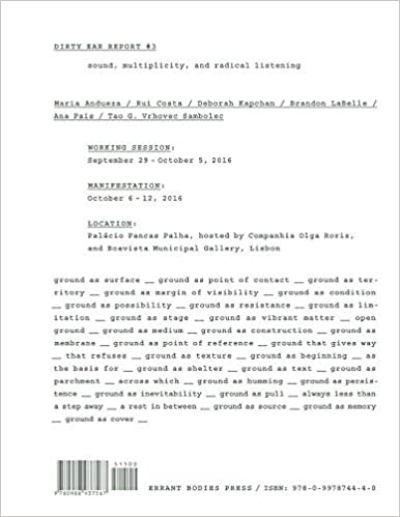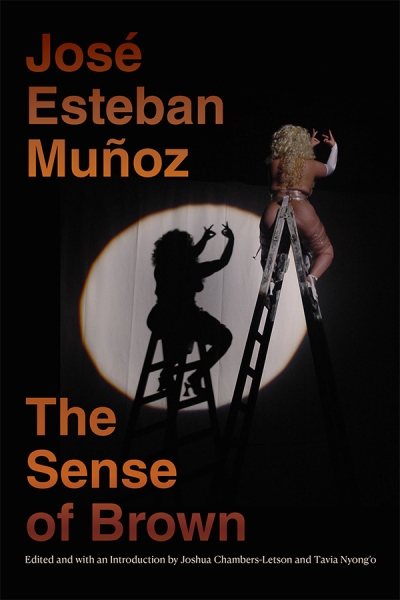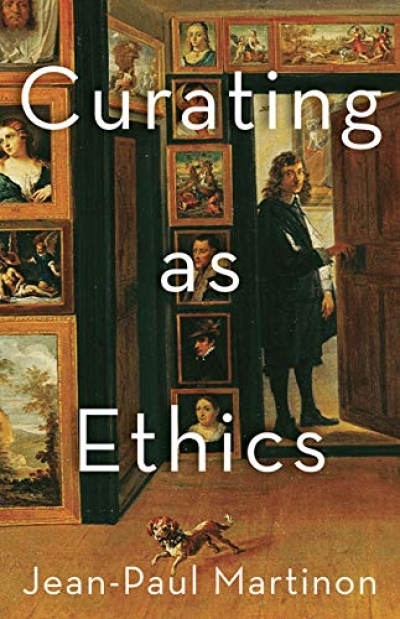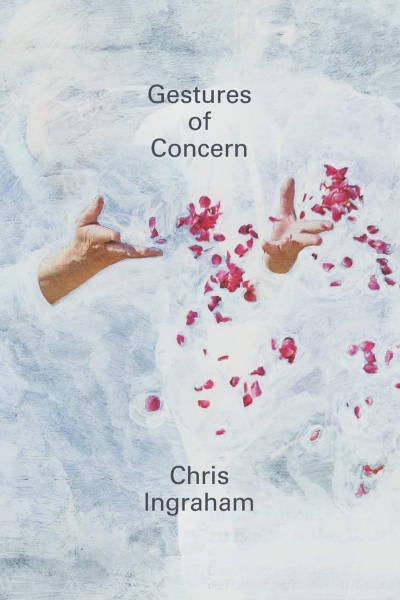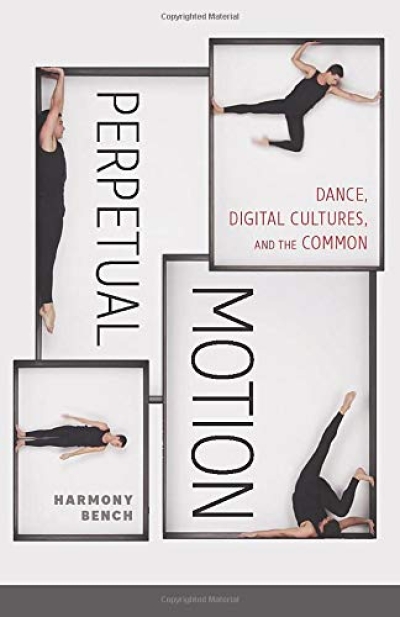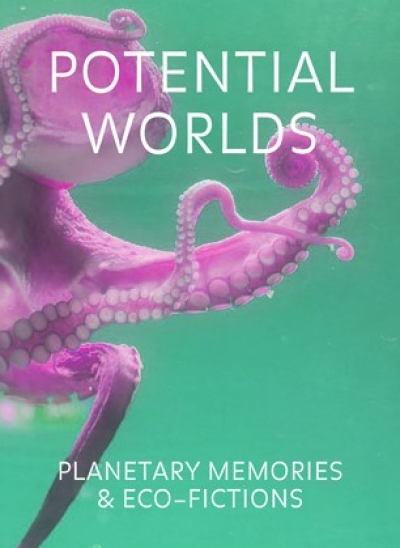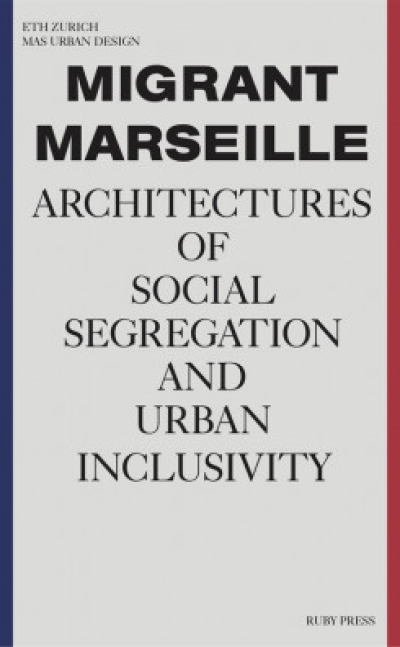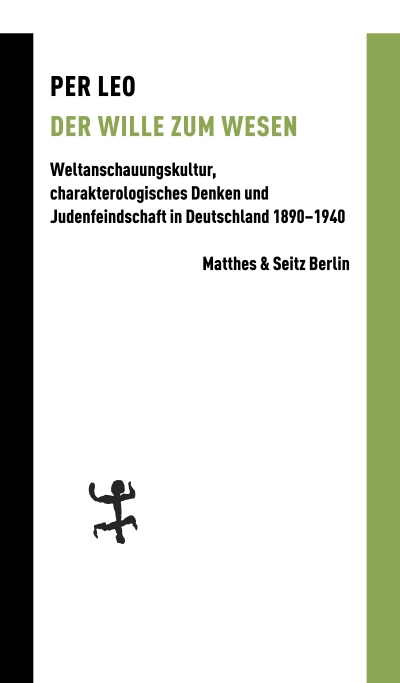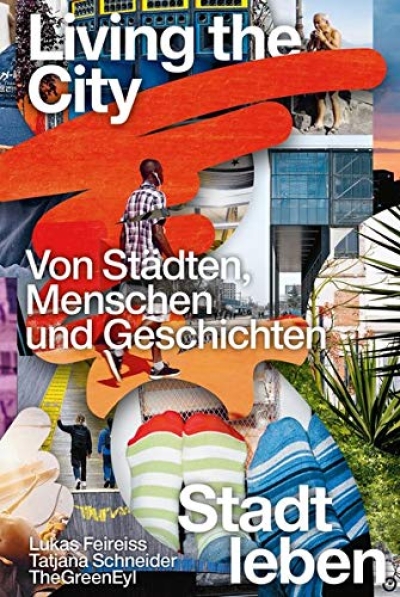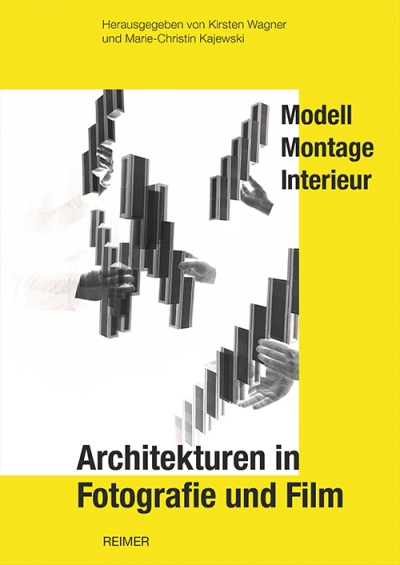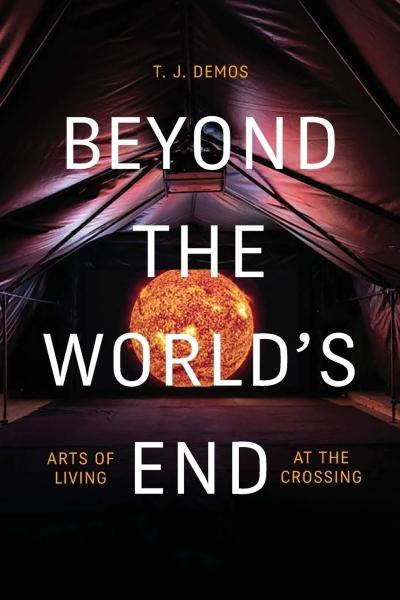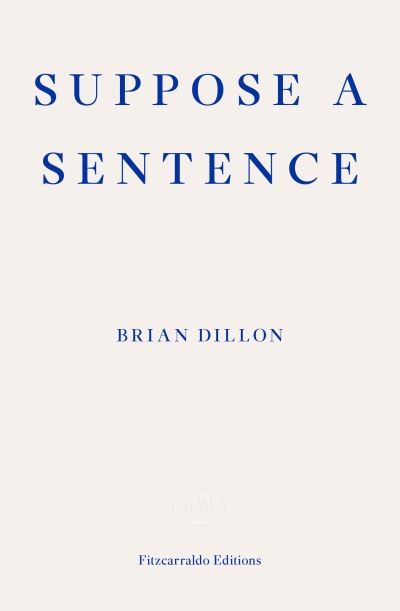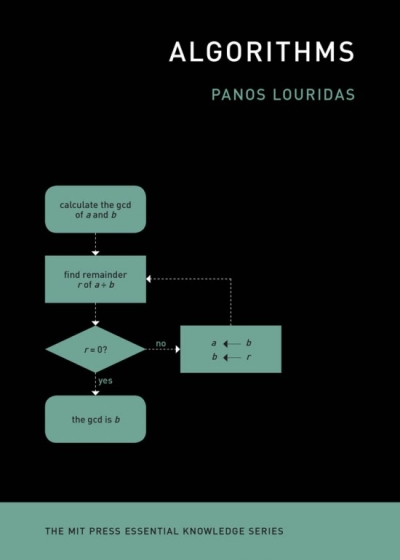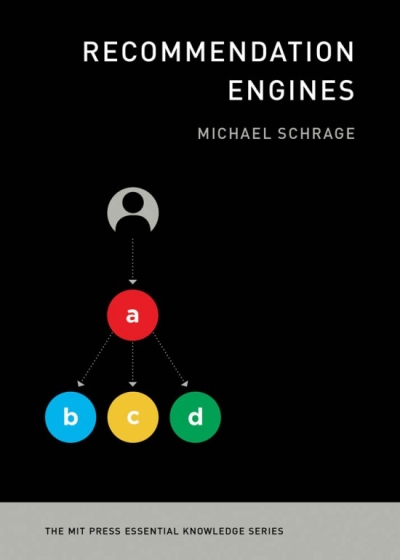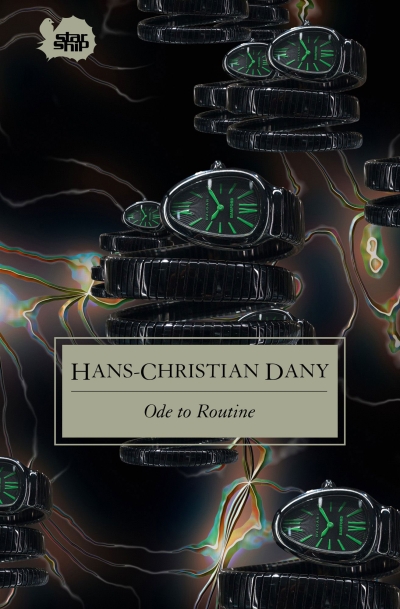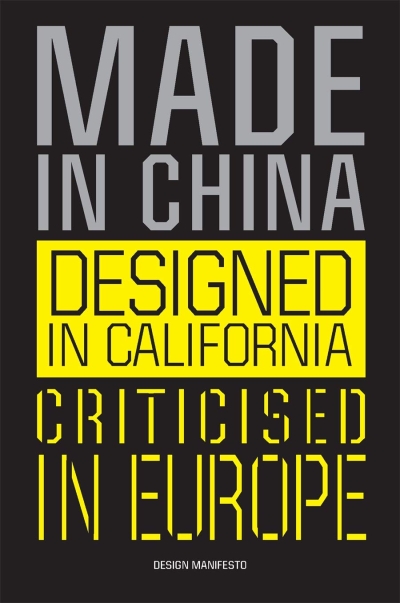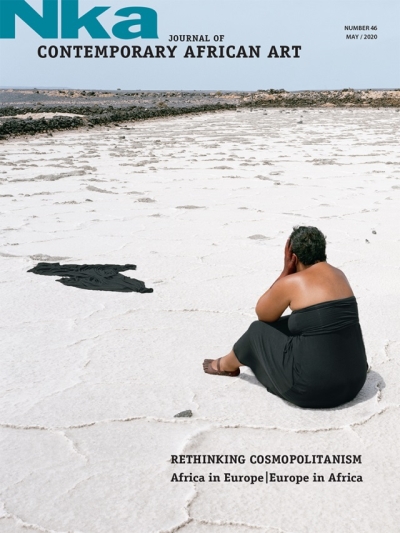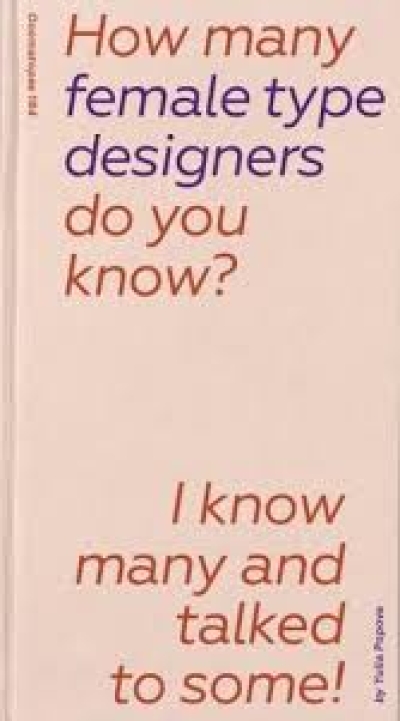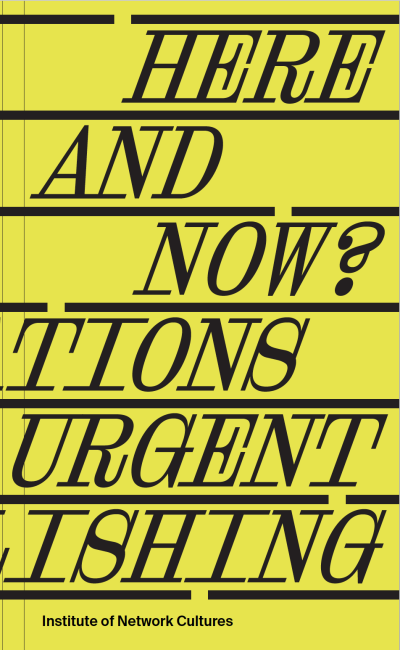Cache
Gegen|Wissen. Cache 01
gerade nicht auf Lager
Angelika Fitz, Karoline Mayer,…
Boden für Alle
gerade nicht auf Lager
Silvia Benedito
Atmosphere Anatomies. On Design, Weather, and Sensation
gerade nicht auf Lager
Jan Reetze
Times & Sounds. Germany's Journey from Jazz and…
Frieder Butzmann
Wunderschöne Rückkopplungen
gerade nicht auf Lager
Ludger Hovestadt, Urs Hirschberg,…
Atlas of Digital Architecture.Terminology, Concepts,…
gerade nicht auf Lager
Kristin Feireiss, Hans-Jürgen Commerell…
The Songyang Story. Architectural Acupuncture as Driver for…
gerade nicht auf Lager
Zairong Xiang (Hg.)
minor cosmopolitan. Thinking Art, Politics, and the…
gerade nicht auf Lager
Bruce Clarke
Gaian System. Lynn Margulis, Neocybernetics, and the End of…
Oliver Fahle
Theorien des Dokumentarfilms zur Einführung
gerade nicht auf Lager
Vincent Liegey, Anitra Nelson
Exploring Degrowth. A Critical Guide
Michael Youngblood, Benjamin Chesluk
Rethinking Users. The Design Guide to User Ecosystem…
gerade nicht auf Lager
Manfred Sommer
Stift, Blatt und Kant. Philosophie des Graphismus
gerade nicht auf Lager
Aino Laberenz (Hg.)
Christoph Schlingensiefs Operndorf Afrika
gerade nicht auf Lager
Thomas Keenan, Eyal Weizman
Mengeles Schädel. Kurze Geschichte der forensischen Ästhetik
gerade nicht auf Lager
R. A. Judy
Sentient Flesh Thinking in Disorder, Poiesis in Black
gerade nicht auf Lager
Anne Waldschmidt
Disability Studies zur Einführung
Ulrich Pfisterer
Kunstgeschichte zur Einführung
gerade nicht auf Lager
Ernst Müller, Falko Schmieder
Begriffsgeschichte zur Einführung
Butler, Judith
Die Macht der Gewaltlosigkeit - Über das Ethische im…
Gerald Siegmund
Theater- und Tanzperformance zur Einführung
gerade nicht auf Lager
Veronika Kracher
Incels. Geschichte, Sprache und Ideologie eines Online-Kults
gerade nicht auf Lager
Susanne Kaiser
Politische Männlichkeit. Wie Incels, Fundamentalisten und…
gerade nicht auf Lager
Vereinigung der Landesdenkmalpfleger (…
wohnen 60 70 80. Junge Denkmäler in Deutschland
Beckh, Ruiz-Funes, Ludwig et al. (Hg.)
Candela, Isler, Müther. Positions on Shell Construction
Marius Töpfer, Rebecca Wall
Everyday Urban Design 6. Planung als Vektor, Skript und…
Alexandre Gaiser Fernandes
Everyday Urban Design 5. Everyday State of Emergency. The…
gerade nicht auf Lager
Erin Manning
For a Pragmatics of the Useless (Thought in the Act)
gerade nicht auf Lager
Christine Hannemann, Karin Hauser (Hg.)
Zusammenhalt braucht Räume. Wohnen integriert
gerade nicht auf Lager
Florian Ebner, Susanne Gaensheimer,…
Hito Steyerl. I will Survive
gerade nicht auf Lager
Johannes Hossfeld Etyang, Joyce Nyairo…
Ten Cities. Clubbing in Nairobi, Cairo, Kyiv, Johannesburg…
Eva Maria Froschauer, Werner Lorenz,…
Vom Wert des Weiterbauens. Konstruktive Lösungen und…
gerade nicht auf Lager
Christoph Lueder
Diagrams: Tropes, Tools, Abstract Machines
Julia Bee, Nicole Kandioler (Hg)
Differenzen und Affirmationen. queer/feministische…
Christian Gänshirt
Werkzeuge für Ideen. Einführung ins architektonische…
Helge Oder
Entwerferische Dinge: Neue Ansätze integrativer Gestaltung…
gerade nicht auf Lager
Mette Marie Kallehauge, Lærke Rydal…
Anupama Kundoo (The Architect’s Studio)
Helen Hester
Xenofeminismus
gerade nicht auf Lager
Benjamin H. Bratton, Nicolay Boyadjiev…
The New Normal
gerade nicht auf Lager
Jack Halberstam
Wild Things. The Disorder of Desire
gerade nicht auf Lager
The Care Collective
Care Manifesto. The Politics of Interdependence
gerade nicht auf Lager
Oliver Sukrow
Arbeit. Wohnen. Computer. Zur Utopie in der bildenden Kunst…
gerade nicht auf Lager
Andreas Malm
Klima|x
gerade nicht auf Lager
LAN – Benoit Jallon, Umberto Napolitano…
Napoli Super Modern
gerade nicht auf Lager
Mari Laanemets (Ed.)
Abstraction as an Open Experiment
Dorothee Brantz, Avi Sharma (Eds.)
Urban Resilience in a Global Context. Actors, Narratives,…
gerade nicht auf Lager
Eva Barois De Caevel, Koyo Kouoh, Mika…
On Art History in Africa. Condition Report
gerade nicht auf Lager
Amy Sillman
Faux Pas. Selected Writings and Drawings (Expanded Edition)
Richard Zemp
Bauen als freie Arbeit. Lina Bo Bardi und die Grupo…
Christoph F. E. Holzhey, Arnd Wedemeyer
Weathering. Ecologies of Exposure
gerade nicht auf Lager
Luke Wood, Brad Haylock
One and many mirrors: perspectives on graphic design…
gerade nicht auf Lager
John Darlington
Fake Heritage. Why We Rebuild Monuments
gerade nicht auf Lager
Gerhard Steixner, Maria Welzig (Hg)
Luxus für alle. Meilensteine im europäischen…
gerade nicht auf Lager
Rafael Horzon
Das Neue Buch
gerade nicht auf Lager
Sebastian Schels, Olaf Unverzart
ÉTÉ
IDEA Magazine
IDEA 391. Alternative Reality Design and imagination in…
Markus Ritter
Der Reiz der Vögel seit 1870
gerade nicht auf Lager
Daniel Rubinstein
Fotografie nach der Philosophie. Repräsentationsdämmerung
gerade nicht auf Lager
Legacy Russell
Glitch Feminism. A Manifesto
gerade nicht auf Lager
Georg Seeßlen
Coronakontrolle, oder: Nach der Krise ist vor der…
gerade nicht auf Lager
Sasha Geffen
Glitter Up the Dark. How Pop Music Broke the Binary
Iris Därmann
Undienlichkeit. Gewaltgeschichte und politische Philosophie
Ludger Schwarte
Denken in Farbe. Zur Epistemologie des Malens
Isabell Otto
Prozess und Zeitordnung. Temporalität unter der Bedingung…
gerade nicht auf Lager
Alejandro de la Sota
In Defence of a Logical Architecture and Other Essays. 2G…
Bruno Latour
Der Berliner Schlüssel
Mark W. Rectanus
Museums Inside Out. Artist Collaborations and New…
gerade nicht auf Lager
William O. Gardner
The Metabolist Imagination. Visions of the City in Postwar…
gerade nicht auf Lager
McKenzie Wark
Sensoria. Thinkers for the Twenty-first Century
Maria Isserlis (Hg)
Nadira Husain
gerade nicht auf Lager
Sheila Williams (ed.)
Entanglements. Tomorrow's Lovers, Families, and…
Maria Hlavajova, Sven Lutticken (Hg)
Deserting from the Culture Wars
Brandon LaBelle (Ed.)
Dirty Ear Report #3
gerade nicht auf Lager
José Esteban Muñoz (ed. by Joshua…
The Sense of Brown (Perverse Modernities Series)
gerade nicht auf Lager
Jean-Paul Martinon
Curating as Ethics (Thinking Theory Series)
gerade nicht auf Lager
Chris Ingraham
Gestures of Concern (Cultural Politics Series)
gerade nicht auf Lager
Harmony Bench
Perpetual Motion. Dance, Digital Cultures, and the Common
gerade nicht auf Lager
Suad Garayeva-Maleki, Heike Munder (Eds…
Potential Worlds. Planetary Memories & Eco-Fictions
ETH Zurich, MAS Urban Design
Migrant Marseille. Architectures Of Social Segregation And…
gerade nicht auf Lager
Kirsten Otto
Berlins verschwundene Denkmäler. Eine Verlustanalyse von…
gerade nicht auf Lager
Howard Eiland, Michael W. Jennings
Walter Benjamin. Eine Biographie
Per Leo
Der Wille zum Wesen. Weltanschauungskultur,…
gerade nicht auf Lager
Lukas Feireiss,Tatjana Schneider,…
Living the City. Von Städten, Menschen und Geschichten
gerade nicht auf Lager
Joanna Zielińska (ed.)
Performance Works
Kirsten Wagner, Marie-Christin Kajewski…
Architekturen in Fotografie und Film. Modell, Montage,…
Christa Kamleithner
Ströme und Zonen. Eine Genealogie der "funktionalen…
gerade nicht auf Lager
T.J. Demos
Beyond the World's End. Arts of Living at the Crossing
Elvia Wilk
Oval
gerade nicht auf Lager
Brian Dillon
Suppose a Sentence
gerade nicht auf Lager
Panos Louridas
Algorithms
Michael Schrage
Recommendation Engines
gerade nicht auf Lager
Hans-Christian Dany
Ode to Routine
gerade nicht auf Lager
Mieke Gerritzen, Geert Lovink
Made in China, Designed in California, Criticised in Europe…
Nka Journal of Contemporary African Art
Rethinking Cosmopolitanism. Africa in Europe, Europe in…
gerade nicht auf Lager
Julia Popova
How many female type designers do you know? I know many and…
Hannah Wehrle, Jonas Wehrle, Klaus…
Geht doch! Ein Buch über bezahlbares Wohnen
Barkow Leibinger
Revolutions of Choice
gerade nicht auf Lager
Silvio Lorusso, Pia Pol, Miriam Rasch (…
Here and Now? Explorations in Urgent Publishing




